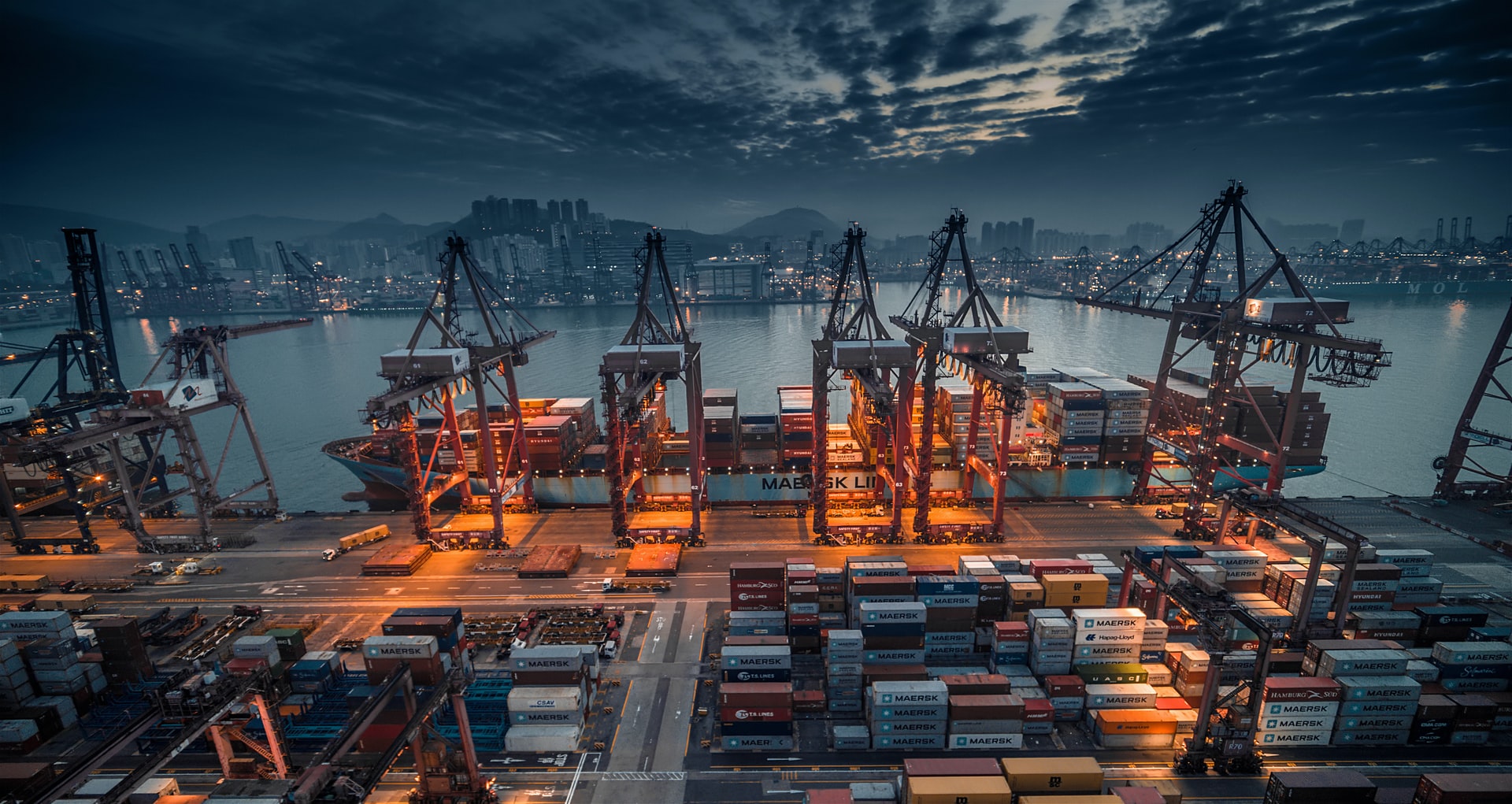How ‘Avoid & Shift’ can boost transport’s race to zero emissions
Discover why a balanced strategy that includes so-called “Avoid” and “Shift” measures is needed to truly decarbonize transport.
The decarbonization pathway for shipping is rapidly becoming clearer. All signs point to hydrogen based fuels playing a critical role and the rapid increase in green hydrogen commitments from governments indicates that fuel supply will not be an issue. “Zero emission ready” dual-fuel deep sea ships are already being ordered and will likely be an increasingly popular choice to ensure future compatibility of the fleet with expected regulation.
Demonstrating that companies can already commit now to ambitious decarbonization, an increasing number of actors in the shipping eco-system already signed up to Race To Zero, the global campaign rallying non-state actors – including companies, cities, regions, financial, and educational and healthcare institutions – to take rigorous and immediate action to halve global emissions by 2030 and deliver a healthier, fairer zero carbon world in time. All members are committed to the same overarching goal: reducing emissions across all scopes swiftly and fairly in line with the Paris Agreement, with transparent action plans and robust near-term targets.
Led by the High-Level Climate Champions for Climate Action – Nigel Topping and Gonzalo Muñoz – Race To Zero mobilizes actors outside of national governments to join the Climate Ambition Alliance, which was launched at the UNSG’s Climate Action Summit 2019 by the President of Chile, Sebastián Piñera.
It now represents over 3,500 members including almost 30 regions, over 700 cities, more than 2,300 companies, over 600 higher education institutions, and 163 investors, and 39 healthcare institutions representing over 3,000 hospitals, alone making up over 15% of the global economy. The objective is to accelerate momentum behind the shift to a decarbonized economy ahead of COP26 where governments must strengthen their contributions to the Paris Agreement. Current commitments are far from enough to limit warming to 1.5C above pre-industrial levels and the clock is ticking.
For the shipping ecosystem alone, this includes more than 100 major fashion retailers in The Fashion Charter for Climate Action, 87 financial institutions with a total $37 trillion in assets through the The Net Zero Asset Managers Initiative and 108 cities. Several shipping companies have announced net zero ambitions by 2050, e.g. Maersk, Hyundai Merchant Marine, CMB, CMA CGM, DFDS, Stena Line, the Swedish Ship Owners’ Association and the Norwegian Ship Owners’ Association. However, only Maersk has joined the Race to Zero through Business Ambition for 1.5°C so far.

Only Maersk has joined the Race to Zero through Business Ambition for 1.5°C so far. Image: Timelab Pro/Unsplash
Though ambition is increasing, hurdles remain. Zero emission ships need to be trialled at large scale and safety standards must be in place. In a recent report, the cost for the transition is estimated to be more than 1 trillion dollars. Also, even though shipping’s share of total product cost is often negligible (especially for consumer goods) and the cost of renewables and electrolyzers are decreasing rapidly, forthcoming policy is likely to be needed to close the competitiveness gap between zero emission fuels and heavy fuel oil. This requires further regulation, either through the IMO or through a coalition of regional regimes such as the EU’s Emissions Trading Scheme.
The severity and proximity of the climate crisis is producing ever-increasing commitments and new Paris-aligned policies by governments. However, we are still in an era where full policy detail aligned to rhetoric is not available. In all sectors, but particularly a sector with long-life assets like shipping, it will be too late if business waits for complete clarity in policy before advancing. The risks to companies are too great if they fail to understand the direction of travel in society and regulation, and the risks to whole sectors are too great if progressive companies do not help the whole sector to align with that direction.
Shipping companies, fuel producers, investors and other actors in the shipping ecosystem with an ambition to be in business through the coming decades, must crystallise that ambition in a detailed strategy, and should turn their ambition into an official commitment by joining the Race to Zero. This will send a clear message to governments and regulators, putting pressure on them to establish the necessary regulatory framework and support. It will also demonstrate to the general public that the shipping industry is intent on taking a leading role in the just, healthy and resilient transition to a zero carbon world.
Individual businesses can join Race to Zero by joining a Partner initiative, such as Business Ambition for 1.5°C by the Science Based Target Initiative (SBTi), The Climate Pledge, or SME Climate Hub. For shipping stakeholders and their customers, one of the simplest ways to join is signing up to Business Ambition for 1.5°C which requires incorporating a 1.5C SBT into your business. SBTi recently finished its work on the sector-specific guidance and tools for shipping which are available on the SBTi website. These were developed in a working group with industry actors and researchers, and provide granular ship-type specific pathways aligned to Paris Agreement goals, along with toolboxes to enable their implementation in the different types of shipping company.
Discover why a balanced strategy that includes so-called “Avoid” and “Shift” measures is needed to truly decarbonize transport.
A coalition led by the Regional Maritime University (RMU), South African International Maritime Institute (SAIMI), and the Climate Champions Team has issued a call to action to ensure a just transition for African seafarers.
Multi-stakeholder initiative Resilience4Ports launches the first sectoral, action-based commitment to enhance and accelerate resilience of ports from the effects of climate change.
Global industry leaders build on momentum from previous COPs to strengthen targets and commit to increasing the uptake of zero or near-zero GHG emission shipping fuels to at least 5%, striving for 10%, by 2030.